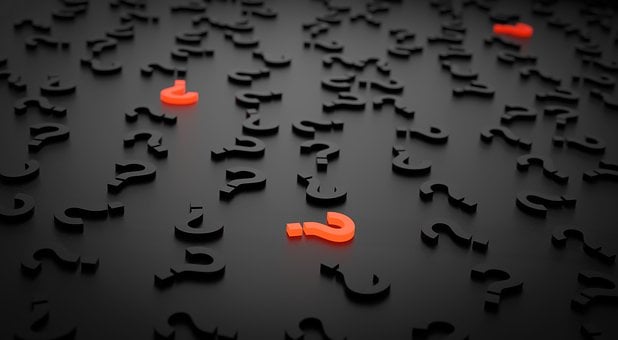 I'm sure we've all had the issue where we make sure every student has their eyes on the teacher before explaining something and then have a few students who ask "What are we supposed to do?". It seems to happen every time.
I'm sure we've all had the issue where we make sure every student has their eyes on the teacher before explaining something and then have a few students who ask "What are we supposed to do?". It seems to happen every time.Have you ever wondered about why they didn't hear you? We’ve all heard that if you do not get people’s attention within the first few minutes minutes, you won’t get it.
It turns out, it is a bit more complicated than that. Yesterday, I listened to some TED radio show as I headed into town. They interviewed a neuroscientist who has spent her whole life studying attention. During the first part of the interview
she stated that most people would only hear about 4 out of 8 minutes of her talk. In certain professions, hearing only 50 percent of what goes on could be detrimental such as a judge or perhaps a pilot.
According to Amishi Jha, we take our mind away from what is happening to let it wander. We often allow our minds to travel back to events that have already happened. We want to revisit them or we head to the future as we plan what we want to do. We do this about 50 percent of the time because thoughts spontaneously pop in and our mind goes off. This time wandering is one of two types of mind wandering.
The other type is often referred to as “daydreaming” where people all their mind to drift. This type of mind wandering is what causes us to be creative. This is also the type that occurs without missing other information. Unfortunately, the down side is when our brains are occupied by other things, we have fewer chances for spontaneous thought to happen.
She said we are caught in this circle of when we experience external interruptions, we begin interrupting ourselves such as when we take a minute to check out the latest book by our favorite author or check our e-mails or texts. These self imposed interruptions often become more and more frequent especially using mobile devices. Many of our students stay up late checking out the latest text or responding before waiting for a reply.
Unfortunately, due to the exposure to more and more data, our brains do not have a chance to reboot. Consequently, the term mindfulness has come into popularity in the last 20 years as the amount of data we subject our brains to has increased. Mindfulness is where people take time away from life and meditate or enjoy some peace and quiet. It gives our brains a chance to reboot and level out before we expose ourselves to the gigabytes of data.
So now you know why students often ask you "What am I supposed to do?" Its because their minds wandered off. Let me know what you think. I'd love to hear.
So now you know why students often ask you "What am I supposed to do?" Its because their minds wandered off. Let me know what you think. I'd love to hear.


























